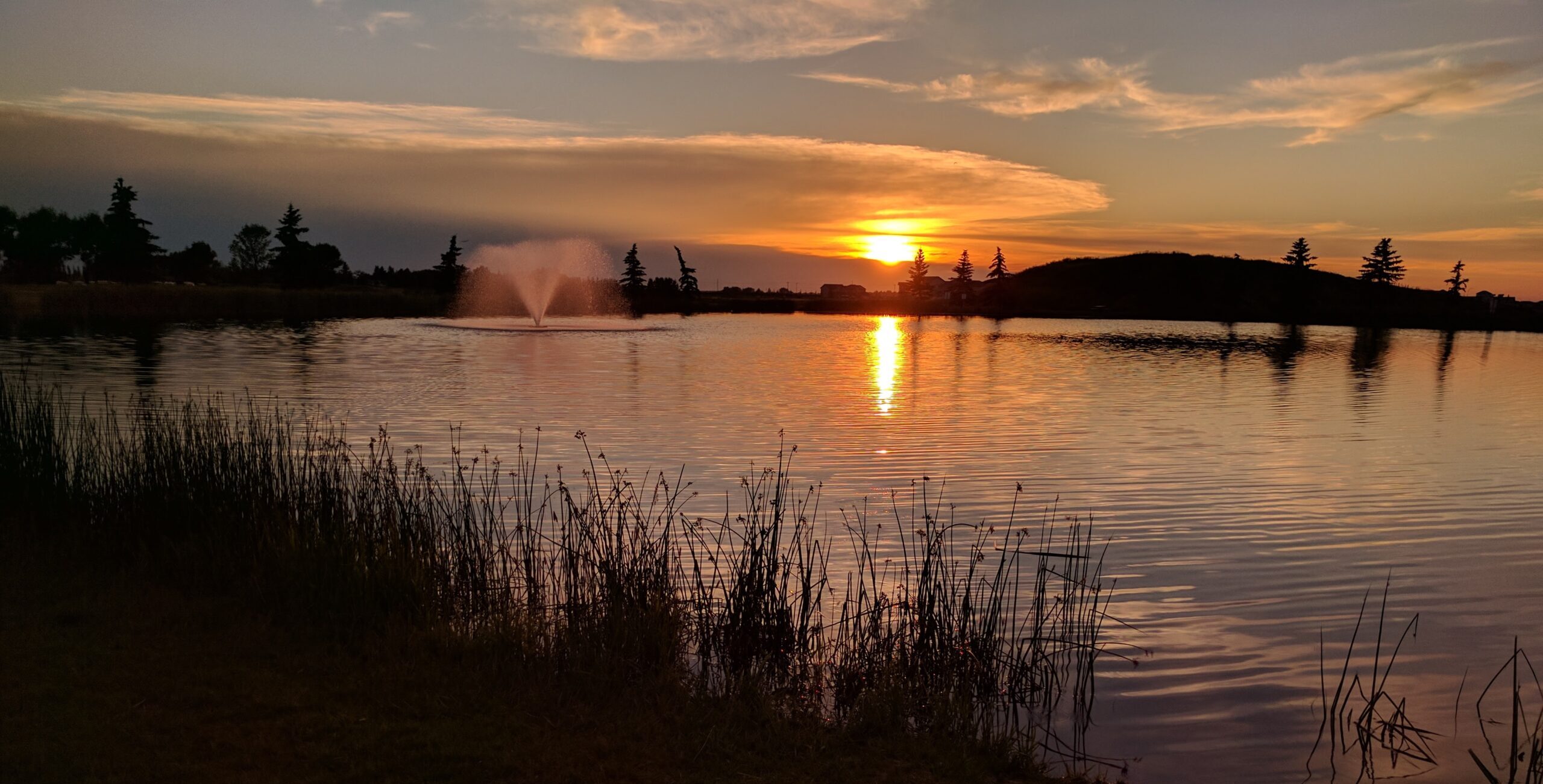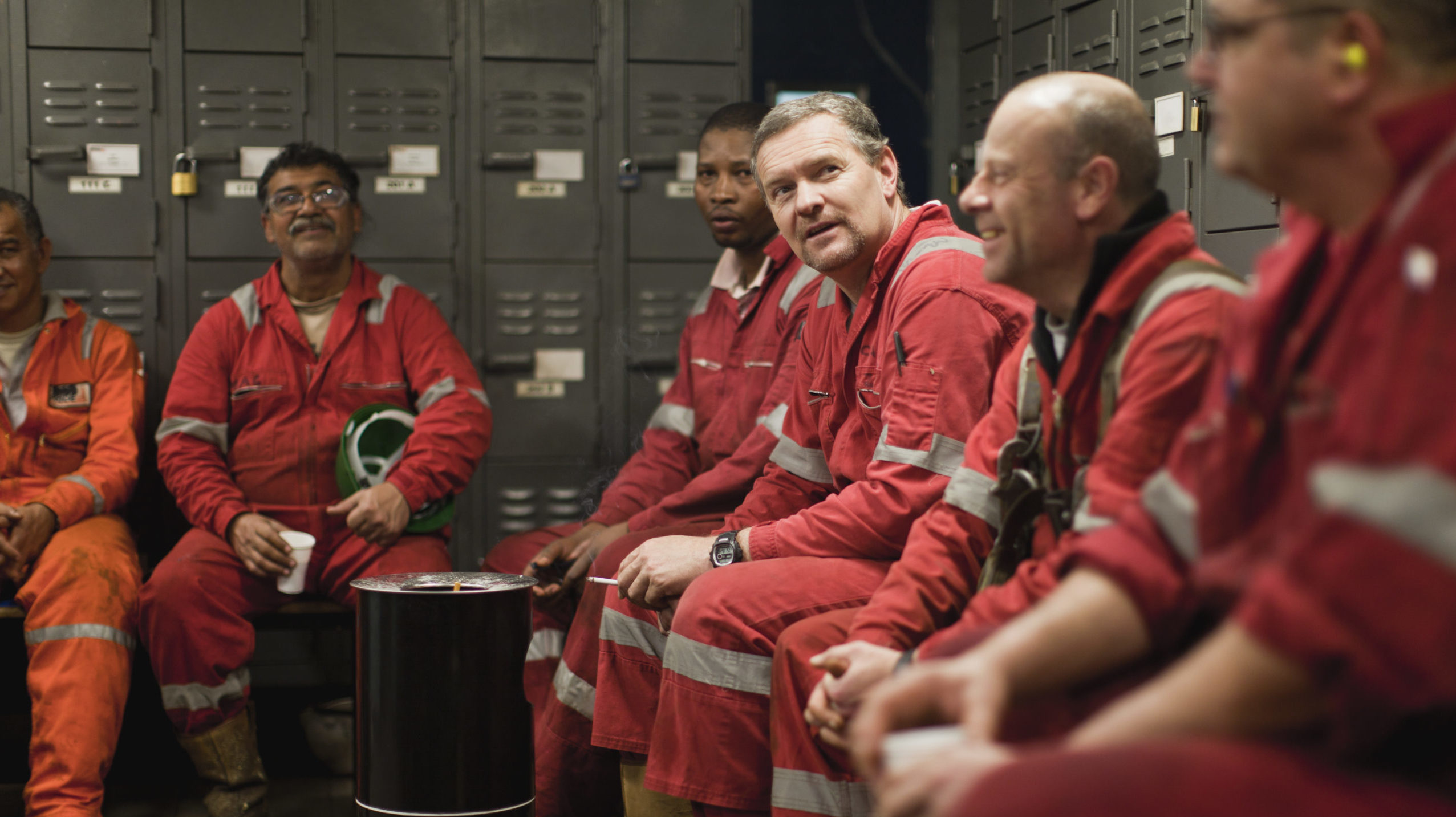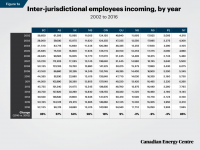- Reaction score
- 11,888
- Points
- 1,160
The Royal Canadian Armoured Corps will be modernized and centralized in a single formation based in Alberta.
Force 2025 - Canada.ca
Force 2025 is the Canadian Army (CA)’s initiative to review all its components and seek to optimize and modernize its structures to meet current and projected operational requirements as well as support SSE initiatives.
Force 2025
Situation
Force 2025 (F2025) is the Canadian Army (CA)’s initiative to review all its components to optimize and modernize its structures to meet current and projected operational requirements as well as support SSE initiatives.
Recognizing that the CA’s effectiveness is adversely affected by a shortfall of 8000 people, an extensive analysis was carried out in December 2021. As a result, a new structure was adopted and is now being implemented.
This new, ‘One Army’ structure will see the integration of the Primary Reserves, Canadian Rangers, civilians, and the Regular Force into a single, integrated team.
Increased integration enhances command and control relationships and training opportunities, and clarifies assigned tasks and integration points, ensuring the CA is prepared to carry out assigned tasks and support concurrent operations.
The One Army model also supports digital transformation initiatives. It is sufficiently agile to respond to modern threats such cyber and space and enable the CA to address capability gaps in areas such as Ground-Based Air Defence, long-range heavy indirect fire support, Counter Improvised Explosive Device (CIED), and Chemical Biological Radioactive Nuclear (CBRN) expertise.
F2025 also includes initiatives to refine attraction, recruiting, and retention. In line with Canadian Armed Forces Reconstitution efforts, the CA is implementing policies to enable the operational capability of Reserve personnel, while ensuring that administration is streamlined, and the continued development and integration of Reserve Mission Tasks to build capacity and depth.
F2025 has six key components:
- Changes to the training model - Reinforcing training centres with instructors from units to reduce pressure on individual units to design, plan and carry out training;
- Staffing realignment - Prioritizing the staffing levels of units, including reallocation of vacant positions for both Regular Force and Reserve units;
- Modernization of structure - While units will see a decrease in total positions, the force generation output is expected to remain largely unchanged through tailored Reserve Mission Tasks and reciprocal integration of Regular Force soldiers into Reserve units;
- Realignment of responsibilities and authorities - Pushing these functions to newly-created entities or to existing structures where they may be more suitable. Analysis to seek efficiencies is ongoing;
- Ready Force Levels - Integration of Regular and Reserve components through tailored and tiered Readiness structures that will identify tasks to a unit based on personnel and equipment allocation; and
- Maintaining a strategic Reserve Force that can be mobilized quickly.
Action
- A F2025 Warning Order was issued in March 2022, and the proposed final structure plan is being tested in war games before it is approved;
- In line with the current international context, the CA is exploring the concept of a global response task force that would provide forces offering a wide range of options to the federal government for emerging crises around the world and at home;;
- The CA is improving coordination with Canadian Joint Operations Command and Canadian Special Operations Forces Command to better align force generation with force employment and ensure proper force design;;
- The Royal Canadian Armoured Corps will be modernized and centralized in a single formation based in Alberta. Additional trials will be conducted to inform tasks, mission tasks and structures in order to reduce national procurement and increase its integration into a digitally networked CA;
- The CA is Experimenting with Second and Third Line logistics through the reorganization of Combat Service Support between 2 Service Battalion and 4th Canadian Division Support Group in support of Ex MAPLE RESOVE. What we learn will be adjusted and applied.
Should the RCAC reference be taken to mean that the RCDs and 12 RBC will join the LdSH(RC) in Alberta in a separate Brigade?
Because if so then that opens up the possibility of 2 or 3 of these Brigades.
- 2nd Infantry Brigade Combat Team (Airborne) "Spartans" located at Joint Base Elmendorf-Richardson, Alaska
- Headquarters and Headquarters Company
- 1st Squadron, 40th Cavalry Regiment "Denali"
- 1st Battalion 501st Infantry Regiment
- 3rd Battalion 509th Infantry Regiment
- 2nd Battalion 377th Field Artillery Regiment
- 6th Brigade Engineer Battalion "Oak"
- 725th Brigade Support Battalion "Centurion"
Eg
1 HQ and Sigs Sqn
3 PPCLI (RSTA)
2 PPCLI
1 PPCLI
1 RCHA
1 CER
1 Svc Bn
Add 1 Wing and you are heading in the direction of
11th Airborne Division "Arctic Angels"
Headquarters and Headquarters Battalion
- Headquarters and Headquarters Company
- Signal, Intelligence, and Sustainment Company
- 9th Army Band
- SFC Brevard NCO Academy
- Northern Warfare Training Center
- 1st Infantry Brigade Combat Team "Arctic Wolves" located at Fort Wainwright, Alaska
- Headquarters and Headquarters Company "Dire Wolves"
- 5th Squadron, 1st Cavalry Regiment, Reconnaissance Surveillance and Target Acquisition (RSTA) "Blackhawk"
- 1st Battalion, 5th Infantry Regiment "Bobcat"
- 3rd Battalion, 21st Infantry Regiment "Gimlet"
- 1st Battalion, 24th Infantry Regiment "Legion"
- 2nd Battalion, 8th Field Artillery Regiment "Automatic"
- 70th Brigade Engineer Battalion "Kodiak"
- 25th Brigade Support Battalion "Opahey"
- 2nd Infantry Brigade Combat Team (Airborne) "Spartans" located at Joint Base Elmendorf-Richardson, Alaska
- Headquarters and Headquarters Company
- 1st Squadron, 40th Cavalry Regiment "Denali"
- 1st Battalion 501st Infantry Regiment
- 3rd Battalion 509th Infantry Regiment
- 2nd Battalion 377th Field Artillery Regiment
- 6th Brigade Engineer Battalion "Oak"
- 725th Brigade Support Battalion "Centurion"
- 11th Airborne Division Artillery
- Headquarters and Headquarter Battery
- Combat Aviation Brigade, 11th Airborne Division
- Headquarters and Headquarters Company
- 1st Battalion, 52nd Aviation Regiment (General Support)
- 1st Battalion, 25th Aviation Regiment (Attack Reconnaissance)
- Company D, 25th Aviation Regiment (MQ-1C)
- 11th Airborne Division Sustainment Brigade
- Headquarters and Headquarters Company
- Special Troops Battalion
- 17th Combat Support Sustainment Battalion









